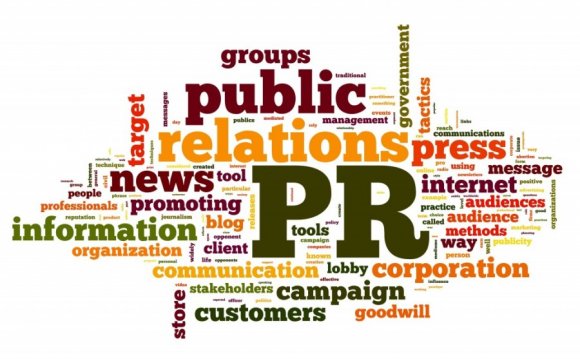
The formal practice of what is now commonly referred to as “public relations” dates to the early 20th century. In the relatively brief period leading up to today, public relations has been defined in many different ways, the definition often evolving alongside public relations’ changing roles and technological advances.
The earliest definitions emphasized press agentry and publicity, while more modern definitions incorporate the concepts of “engagement” and “relationship building.” The PRSA National Assembly adopted the following definition in 1982: "Public relations helps an organization and its publics adapt mutually to each other."
In 2011‒12, PRSA led an international effort to modernize the definition of public relations. PRSA initiated a crowdsourcing campaign and public vote that produced the following definition:
“Public relations is a strategic communication process that builds mutually beneficial relationships between organizations and their publics.”
What are key points in this definition?
- Simple and straightforward, this definition focuses on the basic concept of public relations — as a communication process, one that is strategic in nature and emphasizing “mutually beneficial relationships.”
- “Process” is preferable to “management function, ” which can evoke ideas of control and top-down, one-way communications.
- “Relationships” relates to public relations’ role in helping to bring together organizations and individuals with their key stakeholders.
- “Publics” is preferable to “stakeholders, ” as the former relates to the very “public” nature of public relations, whereas “stakeholders” has connotations of publicly-traded companies.
As a management function, public relations also encompasses the following:
- Anticipating, analyzing and interpreting public opinion, attitudes and issues that might impact, for good or ill, the operations and plans of the organization.
- Counseling management at all levels in the organization with regard to policy decisions, courses of action and communication, taking into account their public ramifications and the organization’s social or citizenship responsibilities.
- Researching, conducting and evaluating, on a continuing basis, programs of action and communication to achieve the informed public understanding necessary to the success of an organization’s aims. These may include marketing; financial; fund raising; employee, community or government relations; and other programs.
- Planning and implementing the organization’s efforts to influence or change public policy. Setting objectives, planning, budgeting, recruiting and training staff, developing facilities — in short, managing the resources needed to perform all of the above.
It's Interesting
While it is true that auto shipping quotes depend on miles traveled, it is not the only factor that influences the total cost. It is important to consider such factors as difficulty in pick up/drop off locations. It means that the cost of the shipment will be higher if you need your car to be shipped in some difficult-to-reach area.














